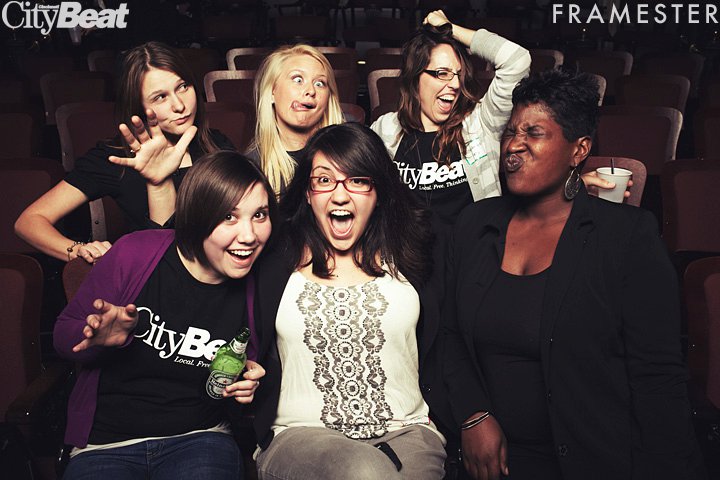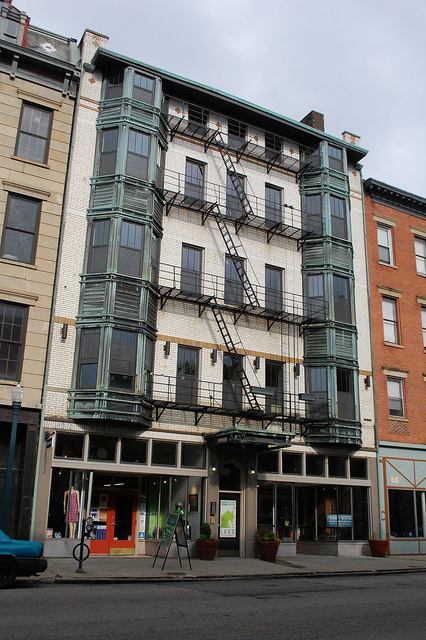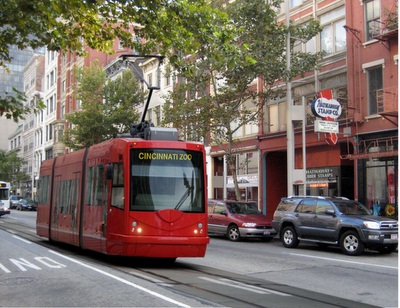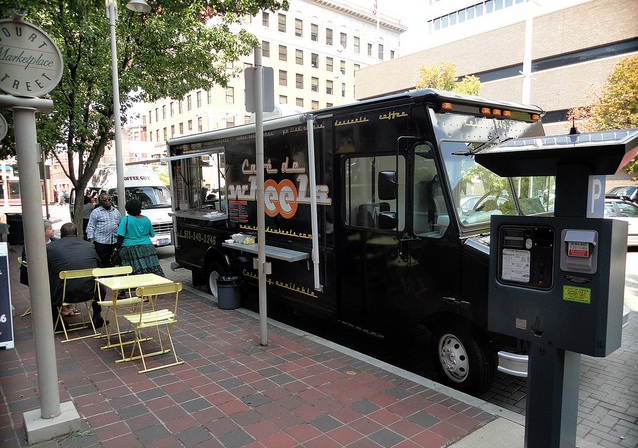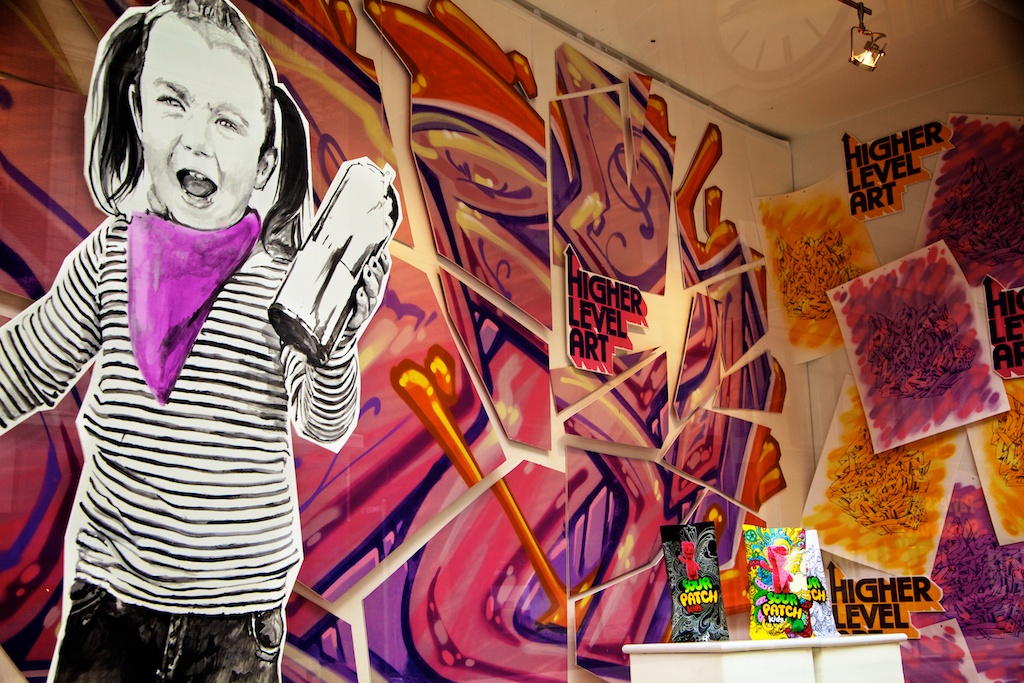Chances are, if you have a Facebook account, you’ve seen the pictures floating around your friends’ feeds. High quality photo booth style pictures, perfectly capturing the essence of an event or party. This phenomenon is the brainchild of local entrepreneurs David Dewitt and Adam Kleshinski. It’s called Framester.
The philosophy behind the event photography company is that, given the circumstances, every person wants the chance to show their creative, spontaneous selves… and to take the perfect picture. The self-timed setup – a camera, a backdrop, and a little red button – allows party goers to create their own portraits in a way that traditional event photographers can’t.
DeWitt, a former DAAP student at the University of Cincinnati, set up his camera one night at a friend’s party in 2008, and was taken aback at the response it received. “It took a lot of trust, to leave my lighting and camera equipment up all night, but no one messed with it,” David explained. “My friends loved it, and it turned into something bigger.”
Through various connections around town, DeWitt took his setup to local philanthropic events over the next year, experimenting with props, backdrops and photography techniques. Bars and parties began to hire him as a special addition to their shindigs- tagging and sharing the pictures on Facebook helped gather name recognition for the venues, as well as give everyone kick-ass profile pictures.
DeWitt and Kleshinski connected near the end of 2010, where the Xavier MBA graduate saw a business opportunity that couldn’t be passed up. “I couldn’t believe it was just [DeWitt],” said Kleshinski. “I knew it could be something bigger.” The two worked through a business plan, and launched the Framester brand in the beginning of May.
“The goal now is to expand through the Cincinnati area,” explained Adam. “We want it to expand organically, and with 2.5 million people in the region, there’s a lot of room for growth here. Things are changing and moving in the right direction. Cincinnati is a base of ingenuity and entrepreneurship and good business – it’s a great market.”
The duo feels that Cincinnati is a perfect test market – a microcosm with enough diversity to try out different things as they tweak the business model and prepare to grow.
The difference between Framester’s services and any huckster with a camera is the professional level of quality and attention to detail for each event – no two are alike. The service naturally offers a distinctive brand marketing advantage to event sponsors and venues by levering advances in social media technologies, and former clients have seen immediate results in collecting contact information from their attendees along with targeted brand exposure.
Ultimately, Framester is helping to celebrate and showcase the momentum that is driving Cincinnati forward. Kleshinski and DeWitt both say it’s been incredible watching the amount of energy building in Cincinnati’s urban core.
“For too long there’s been this theory that Cincinnati is boring – there’s nothing fun to do here,” said DeWitt. “We know that’s not true – and we’ve got the pictures to prove it.”
CityBeat Best of Cincinnati Party photo provided by Framester.
